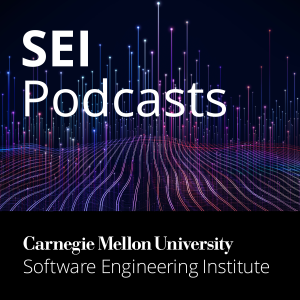
We know from existing SEI work on attribute-driven design, Quality Attribute Workshops, and the Architecture Tradeoff Analysis Method that a focus on quality attributes prevents costly rework. Such a long-term perspective, however, can be hard to maintain in a high-tempo, agile delivery model, which is why the SEI continues to recommend an architecture-centric engineering approach, regardless of the software methodology chosen. As part of our work in value-driven incremental delivery, we conducted exploratory interviews with teams in these high-tempo environments to characterize how they managed architectural quality attribute requirements (QARs). These requirements—such as performance, security, and availability—have a profound impact on system architecture and design, yet are often hard to divide, or slice, into the iteration-sized user stories common to iterative and incremental development. This difficulty typically exists because some attributes, such as performance, touch multiple parts of the system. In this podcast, Neil Ernst discusses research on slicing (refining) performance in two production software systems and ratcheting (periodic increase of a specific response measure) of scenario components to allocate QAR work. Listen on Apple Podcasts.
view more
More Episodes
Agile Acquisition
 2012-09-04
2012-09-04
 2012-09-04
2012-09-04
Cloud Computing for the Battlefield
 2012-09-04
2012-09-04
 2012-09-04
2012-09-04
How to Become a Cyber Warrior
 2012-01-31
2012-01-31
 2012-01-31
2012-01-31
Measuring Operational Resilience
 2011-10-04
2011-10-04
 2011-10-04
2011-10-04
Building a Malware Analysis Capability
 2011-07-12
2011-07-12
 2011-07-12
2011-07-12
Using the Smart Grid Maturity Model (SGMM)
 2011-05-05
2011-05-05
 2011-05-05
2011-05-05
How Resilient Is My Organization?
 2010-12-09
2010-12-09
 2010-12-09
2010-12-09
012345678910111213141516171819
Create your
podcast in
minutes
- Full-featured podcast site
- Unlimited storage and bandwidth
- Comprehensive podcast stats
- Distribute to Apple Podcasts, Spotify, and more
- Make money with your podcast
It is Free
- Privacy Policy
- Cookie Policy
- Terms of Use
- Consent Preferences
- Copyright © 2015-2024 Podbean.com





